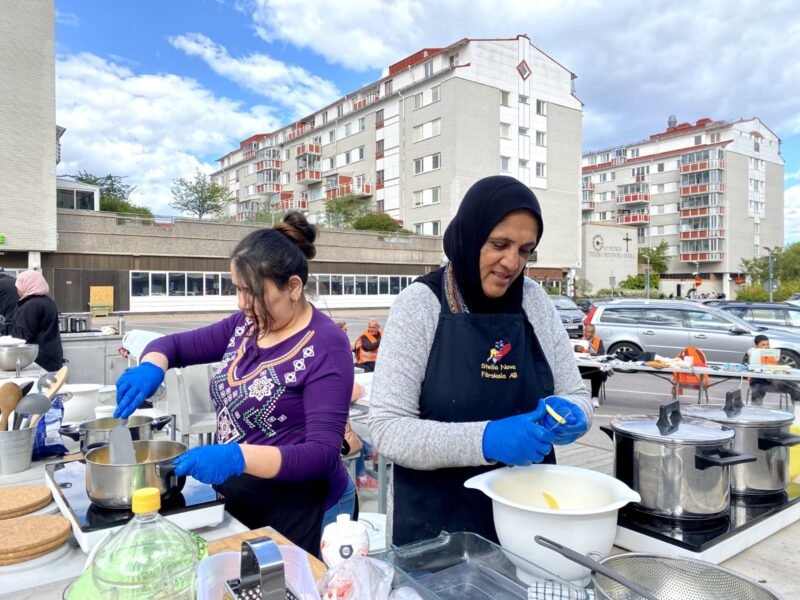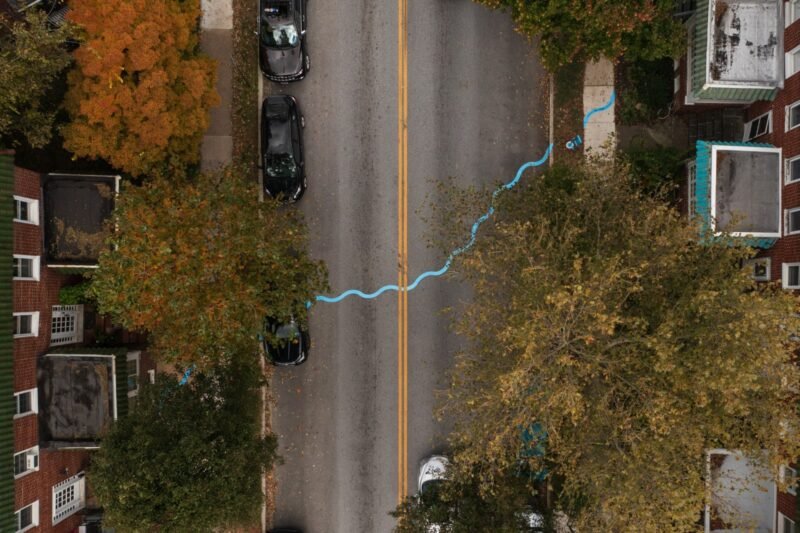Illumination As A Strategic Intervention In New Delhi
What can light do for the urban future of New Delhi? In a series of experiments, Philips tries to explore in which different ways lighting can make a difference in tomorrow’s world cities.
New Delhi is a city with a dramatic history. “It has been destroyed and rebuilt seven times under a myriad of different regimes — from the British Raj to the Muslim Moguls. Each incarnation of the city has left its unique mark and now, as the city attracts thousands of migrants every day, New Delhi needs to take control of its own future to ensure it becomes a city that’s inclusive.”
According to urban planner Shipra Narang Suri, one of the biggest challenges in New Delhi is to integrate migrants and ensure there is enough space to work, live and play for the city’s citizens. On the other hand, a lot is happening in the city, as its DNA contains a strong entrepreneurial spirit. Right here, lighting could be very important as a strategic intervention to make the city work better. It helps people to feel safe during the night, it stimulates them to use the public spaces and develop small-scale economic activities. Street economy and the informal economy are very important in New Delhi and particularly women arriving late from work find it pleasant when the streets are lively and full of kiosks and street vendors. A light and vibrant city during evening hours is a huge step for both safety and the economy of New Delhi.
Another strategic illumination project in New Delhi focuses on illumination and heritage. The Delhi Tourism and Transportation Development Corporation and Philips have partnered up to illuminate the Guru Tegbahadur Memorial in order to bring it to life during night and make it an attraction for both inhabitants and visitors of the city. The installation of colorful LED illumination scheme has resulted in a new urban public space. The idea here is to create a new sense of collectivity by focusing on the illumination of pride and collective cultural heritage. Doing so, Philips could well use their experience of illuminating the Eiffel Tower in Paris and the Giza Necropolis in Egypt.






